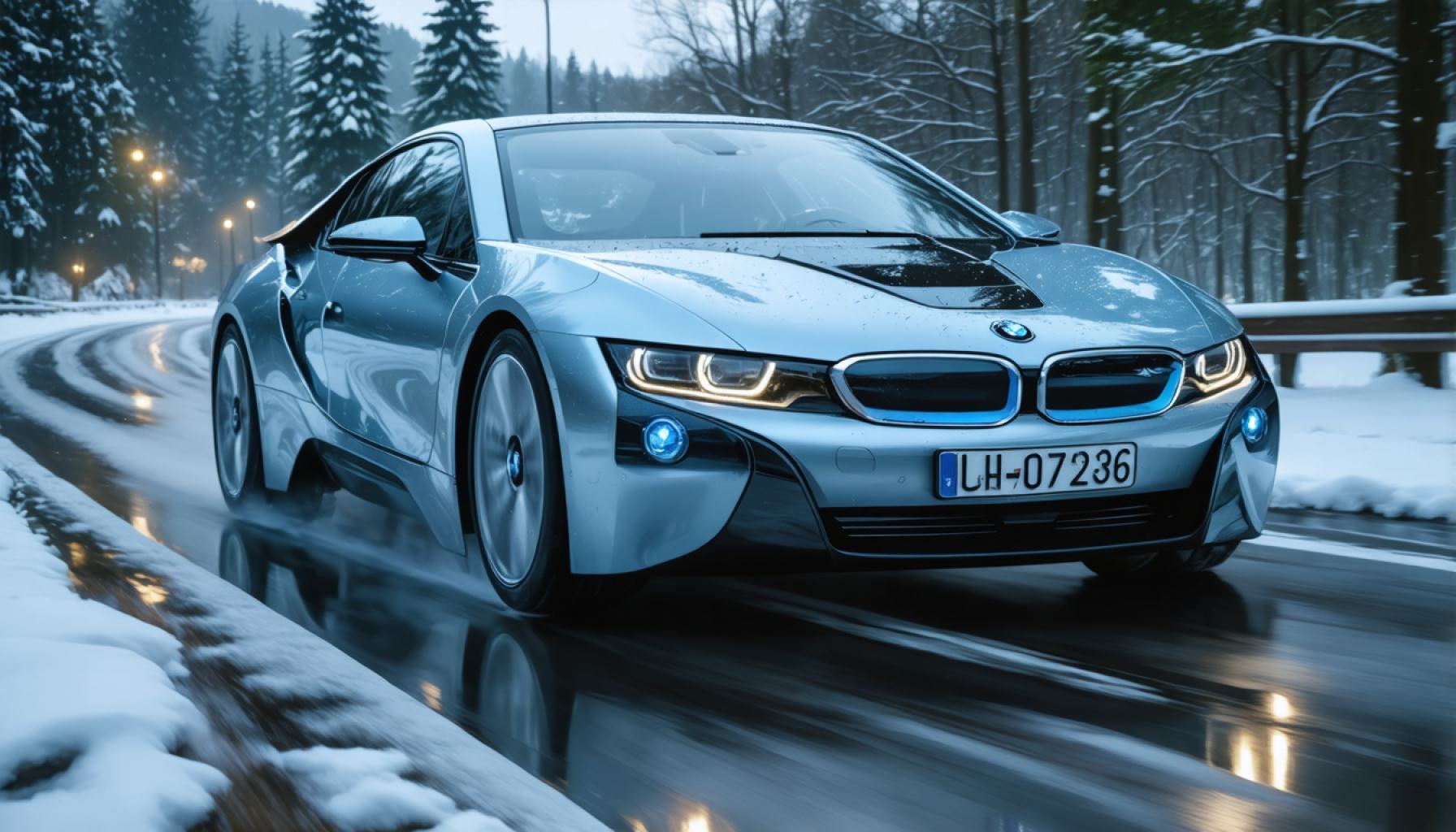- BMW is introducing Gen6 battery technology for EVs, rolling out in China by 2026.
- These new nickel-manganese-cobalt cylindrical batteries increase energy density by 20% and integrate into car structures.
- Production costs are projected to drop by up to 50%, with an 800V platform enhancing range by 30% and reducing charging time significantly.
- Batteries enable quick charging: a 10-minute charge extends range by 186 miles.
- BMW’s advances include a lightweight asynchronous motor for enhanced front axle powertrain capabilities.
- Collaboration with CATL and EVE Energy supports these innovations, marking a shift toward more versatile and efficient electric vehicles.
- These advancements promise more interior space and stylish design, redefining electric mobility on the road.
BMW has ignited a new spark in the electric vehicle market with its announcement of the groundbreaking Gen6 battery technology, set for mass production in China by 2026. This leap forward promises to revolutionize not just BMW’s lineup, but potentially the EV landscape as a whole.
Picture sleek, aerodynamic cars zipping through city streets and along highways, powered by the latest in energy technology. The Gen6 nickel-manganese-cobalt batteries sport a fresh cylindrical design, parting ways with traditional square models. These powerhouses not only boost energy density by a staggering 20% but also meld seamlessly with the vehicle’s architecture, acting as the very backbone of the car’s structure.
BMW’s ambitious blueprint projects up to a 50% reduction in production costs for these batteries. An 800V platform fuels this advance, increasing driving range by 30% and slashing charging times by a similar margin. Imagine a world where a mere 10-minute charge propels you an additional 186 miles.
The innovative integration isn’t just confined to the battery realm. BMW plans to unveil a lightweight asynchronous motor for an electrifying front axle experience, broadening powertrain capabilities beyond expectations. Collaboration with Chinese battery titans CATL and EVE Energy underpins this transformative phase.
The Gen6 batteries promise more than just enhanced performance. They signal a shift toward a more versatile automotive future. These cylindrical cells don’t simply improve efficiency; they shape the cars of tomorrow, offering more interior space without compromising on style or function.
As BMW zooms toward this new horizon, the implications for electric mobility are profound. The journey isn’t just about getting from A to B; it’s about redefining what’s possible on the road.
Revolutionized Electric Mobility: Unveiling BMW’s Gen6 Battery Breakthrough
How-To Steps & Life Hacks for Maximizing EV Battery Efficiency
1. Optimized Charging Practices: Avoid letting the battery drop below 20% or charging it past 80% for daily use. Utilize BMW’s 800V fast-charging capability for longer trips to minimize downtime.
2. Temperature Management: Keep the vehicle in a garage or shaded area to maintain battery temperature. BMW’s design features improved thermal management which helps, but additional measures can extend battery life.
3. Efficient Driving Techniques: Engage regenerative braking and moderate acceleration to enhance the Gen6 battery’s range, leveraging its 30% increase in driving efficiency.
Real-World Use Cases
– Extended Daily Commutes: With a 30% range increase, the Gen6 battery allows users to undertake more extended commutes without frequent charging stops.
– Rapid Long-Distance Travel: The 10-minute quick charge feature provides an extra 186 miles, perfect for spontaneous road trips or emergency situations.
Market Forecasts & Industry Trends
The electric vehicle market is set to witness exponential growth, with a projected valuation of $800 billion by 2027, largely driven by advances like BMW’s Gen6 technology (Source: Allied Market Research). The rise in partnerships between automakers and battery manufacturers indicates a trend towards integrated, sustainable EV ecosystems.
Reviews & Comparisons
Currently, competitors in the EV space like Tesla and Lucid Motors also offer high-performance battery technologies. However, BMW’s Gen6 technology distinguishes itself with unique cell designs and a focus on cost reduction, potentially positioning it as a cost-effective alternative without sacrificing performance.
Controversies & Limitations
Some discussions revolve around the sustainable sourcing of nickel-manganese-cobalt materials, which comprise the Gen6 technology. Ethical sourcing and recycling protocols from companies like CATL and EVE Energy could mitigate these concerns.
Features, Specs & Pricing
– Battery Design: Cylindrical shape for structural integration.
– Voltage Platform: 800V, enhancing both charging speed and driving range.
– Cost Reduction: 50% lower production costs expected.
Security & Sustainability
BMW’s collaboration ensures rigorous safety protocols for the Gen6 batteries, and efforts are being made to recycle materials and collaborate on sustainable practices.
Insights & Predictions
Future iterations of BMW vehicles will likely further refine battery efficiency and incorporate renewable power solutions, harnessing the Gen6 cells’ full potential.
Tutorials & Compatibility
Future models will need to incorporate software updates and car architecture designed to seamlessly integrate with Gen6 cells, providing optimal space and weight distribution.
Pros & Cons Overview
Pros:
– Significant range and efficiency upgrade.
– Rapid charging capability.
– Integrated design maximizes interior space and vehicle architecture.
Cons:
– Material sourcing ethics need to be carefully managed.
– Initial production may face logistical or supply chain challenges.
Actionable Recommendations
For current and prospective EV owners, embracing optimal charging practices and efficient driving habits can maximize the benefits BMW’s Gen6 technology promises. Keep an eye on sustainability practices from suppliers to ensure ethical and environmentally-friendly choices.
For more insights into BMW’s innovations, visit the official BMW website.














